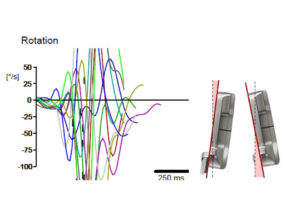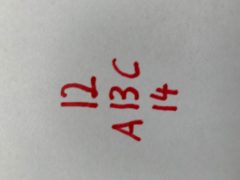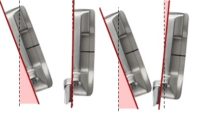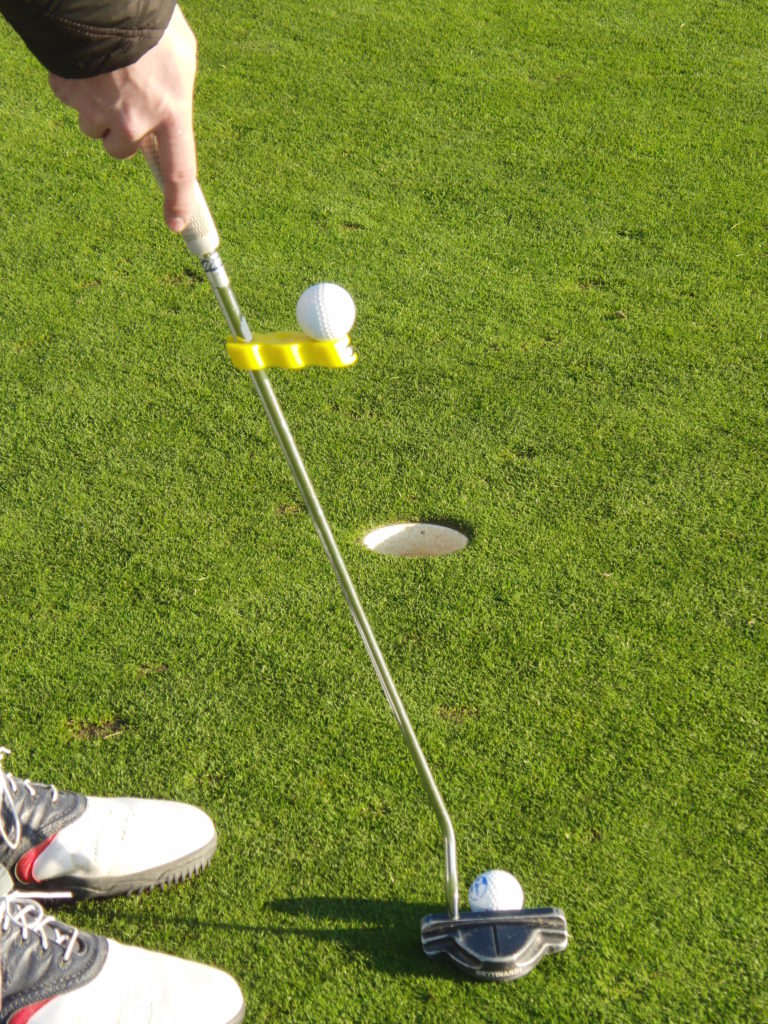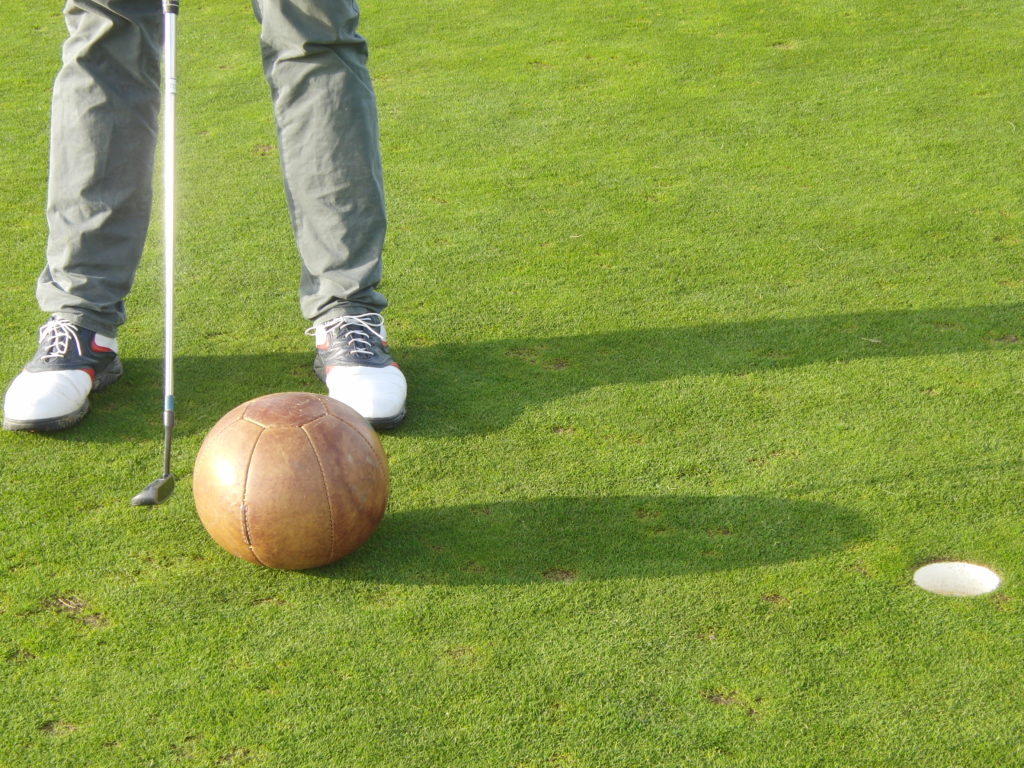Conscious learning or the art of not learning YIPS
K + S + L + D+ V x M
Tips for successful learning
How do I learn successfully?
The development of movement disorders is closely linked to unfavorable and inhibiting learning concepts.
There is even the paradoxical question with YIPS behavior, how do I prevent learning?
read more
Komfort zone - leaving: challenging yourself, allowing mistakes, taking risks
+ Self-reflection: Mindfulness, holding a mirror up to oneself, honesty.
+ Learning environment - creating: meet with like-minded people, get enough sleep, eat a balanced diet
+ Dose for training: Quality over quantity, practice regularly and with focus, do enough recovery.
+ Variable practice: practice differentially and creatively, practice bilaterally, play a lot under real conditions, practice balance
x Mentors: seek out outstanding experts and teachers for advice, find a personal mentor, use role models as a guide
With a mentor, K,S,L,D,V unfold more effectively!
"Without a mentor, not much goes; with a mentor, a lot goes!"
Mentors are people who believe in your success: E.g. parents, friend, teacher, coach, manager
Coping with YIPS -
Three steps to problem solving:
1st Movement Check / YIPS Check:
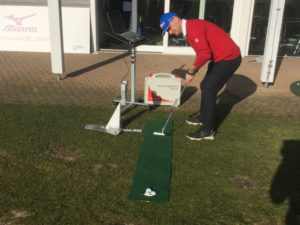
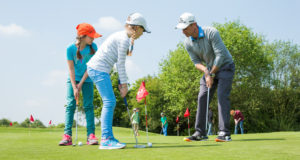 Take advantage of expert advice and use my knowledge as well as my many years of experience in golf and other sports.
Take advantage of expert advice and use my knowledge as well as my many years of experience in golf and other sports.
For the YIPS analysis in putting, the SAM PuttLab (ultrasound based measurement device) is used.
The unsteady hands and the resulting loss of wholeness lead to a disturbed rotation of the putter to the golf ball. The affected player has no control over the club head.
2. Mind Set
See YIPS as a challenge! Look forward to the practice process and regaining proficiency.
3. Anti-YIPS coaching plus self training = the way to a holistic movement control and to a "correct" as well as repeatable feeling for the movement.
Cramping, loss of control, hecticness, panic and insecurity are not the causes of YIPS but its consequences. This means that instructions such as move loosely, rhythmically and in a coordinated manner cannot be effectively implemented by the affected athletes. First steps for improvement are to create exercise conditions under which the athlete moves (again) without disturbances.
The motion imaging and the body feeling associated with them shape the action.
Complete a specific and individually adapted exercise program. Set new and effective impulses with system.
As a rule, noticeable changes can already be seen in the first training session.
Relearning is a process.
YIPS did not come overnight and will not disappear overnight.
The specific exercises must be performed several times a week for a few minutes. After about four weeks, most patients succeed in noticeably reducing or already controlling the YIPS behavior. A holistic movement control succeeds more and more often. Relapses are normal in this relearning process.
Best Practice: Solution example at putting-YIPS
read more
The following SAMPuttLab graphs show the development of the putting YIPS before, during and after a systematic anti-YIPS coaching in an affected golfer based on kinematic data. The graphs show the uncontrolled changes of the club head of the putter on the way to the golf ball, a symptomatic YIPS pattern.
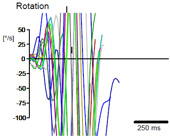
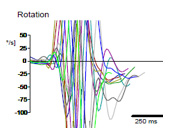
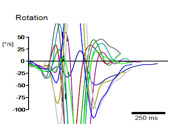 after 4 weeks Anti-YIPS Coaching
after 4 weeks Anti-YIPS Coaching
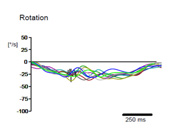 after 10 weeks Anti-YIPS Coaching
after 10 weeks Anti-YIPS Coaching
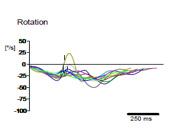 after 6 months without coaching
After a 10-week individual anti-YIPS training, a noticeably more constant club head rotation to the point of impact was observed. The YIPS symptoms were reduced.
after 6 months without coaching
After a 10-week individual anti-YIPS training, a noticeably more constant club head rotation to the point of impact was observed. The YIPS symptoms were reduced.
More than 30 different anti-YIPS exercises were used. The basis of each training session was to find conditions under which the movement was trouble-free.


